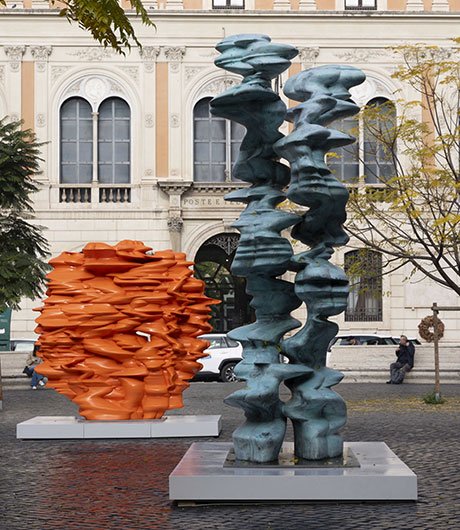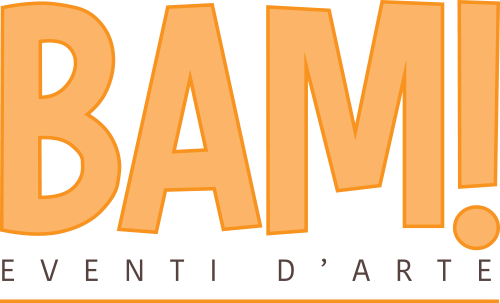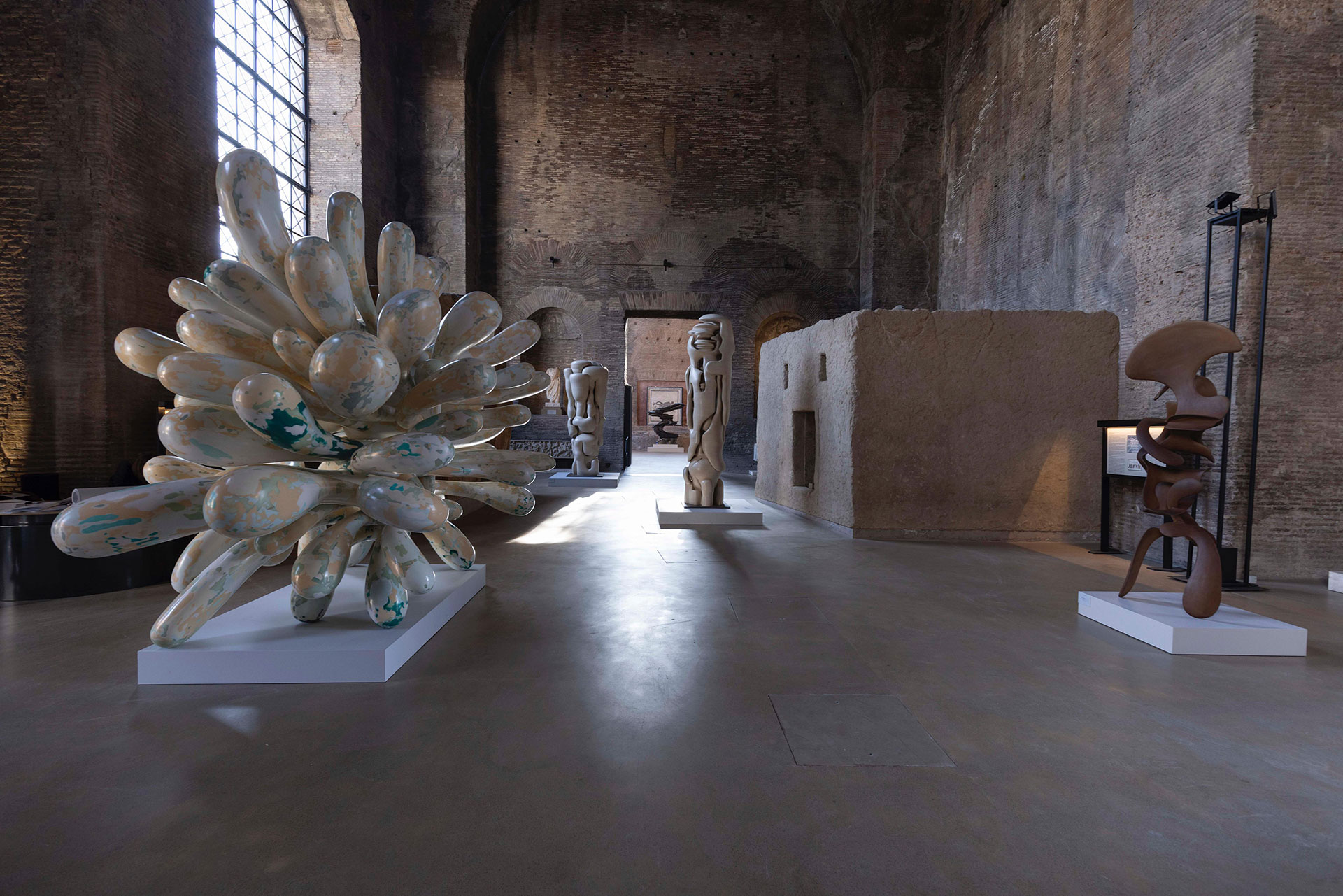“Tony Cragg. Infinite forme e bellissime” door
in
Halls of the Baths of Diocletian,
as many as 18 sculptures created in the last two decades.
Infinite forme e bellissime
Tony cragg
From 09.11.2024 to 04.05.2025
Rome – National Roman Museum
Baths of Diocletian
From 27.11.2024 to 31.01.2025
Piazza si san Lorenzo in Lucina
Piazza San Silvestro
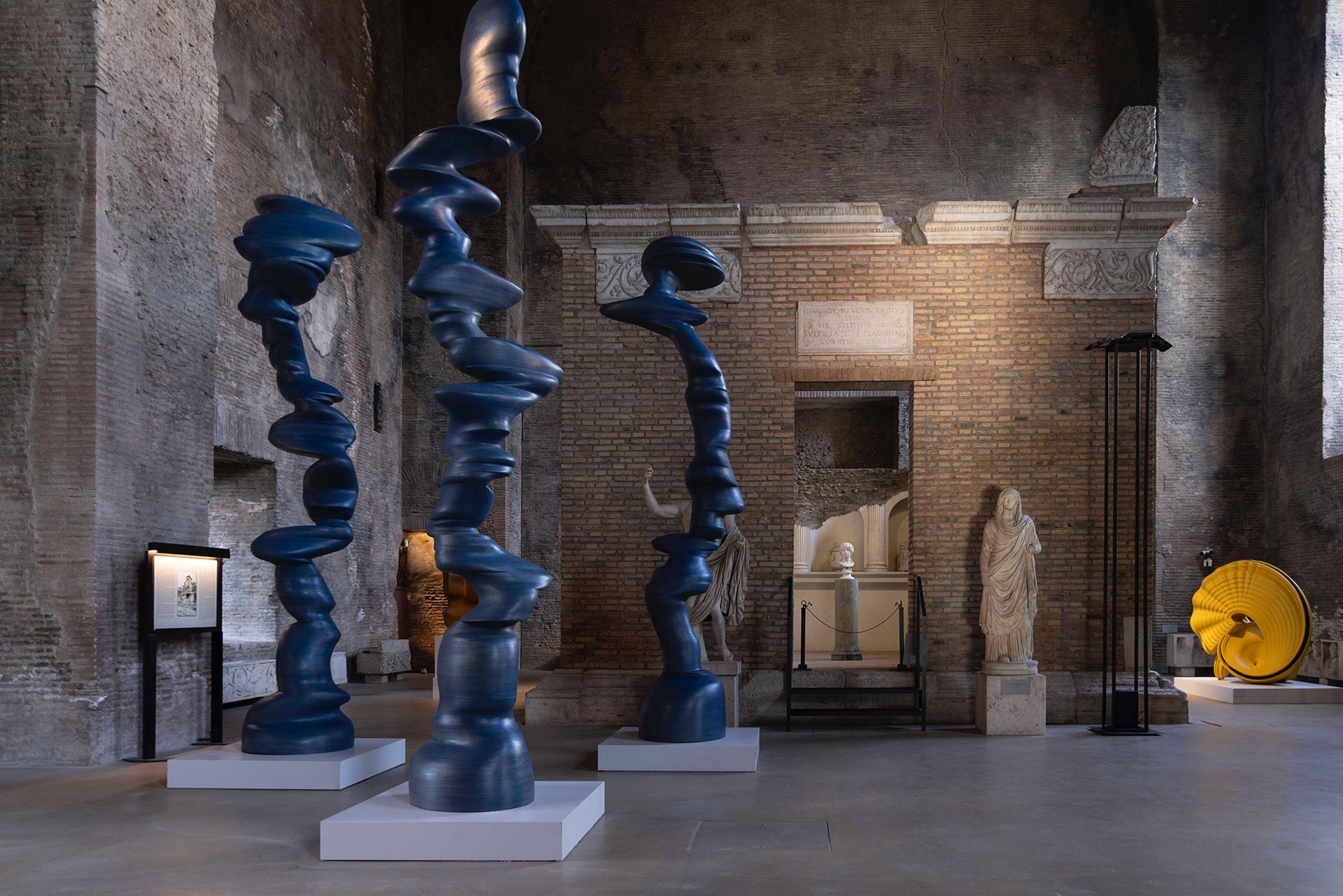
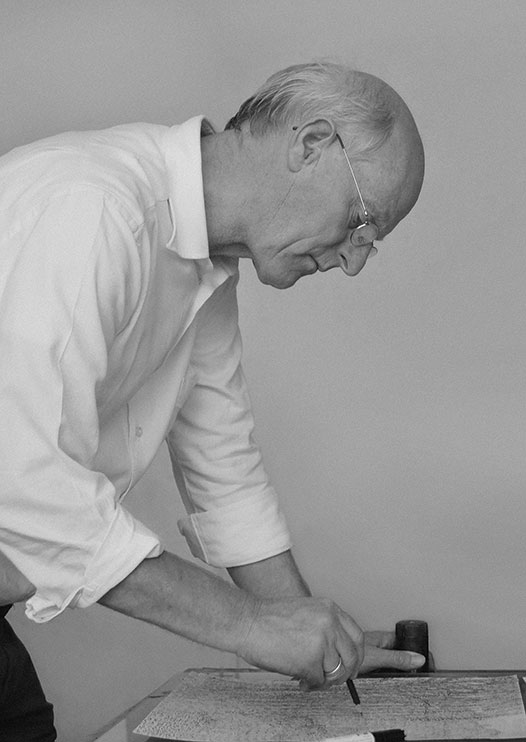
Tony Cragg
Tony Cragg
Tony Cragg (Liverpool, 1949) worked for two years as a laboratory technician in biochemical research after completing his diploma. During this time, he began drawing and was admitted in 1969 to the Gloucestershire College of Art and Design, and subsequently to the Wimbledon School of Art. In 1973, he enrolled at the Royal College of Art in London, where he focused on sculpture. Before
working with traditional materials like stone, iron, and bronze, his works were conceived as assemblages of discarded elements and objets trouvés, influenced by Minimalism and Land Art. In 1976, he began teaching at the École des Beaux-Arts in Metz, and the following year, he moved to Wuppertal, where he founded the Skulpturenpark Waldfrieden in 2008. From 1978 to 1988, he tau
ght at the Kunstakademie Düsseldorf, later joining the Berlin University of the Arts to teach sculpture, and in 2006 he returned to the Kunstakade mie Düsseldorf, where he served as director from
2009 to 2014. Since 1977, his work has been exhibited in major museums and institutions worldwide, and his pieces have become part of prominent public and private art collections. He has been represented multiple times at the Venice Biennale and Documentain Kassel, as well as the São Paulo and Sydney Biennales. In 1988, he was awarded the Turner Prize. After receiving several honorary doctorates and numerous other prestigious awards, he was appointed Commander of the Order of the British
Empire in 2003. In 2007, the Japanese Imperial Court awarded him the Praemium Imperiale as one of today’s leading sculptors. Recently, his works have been featured in solo exhibitions in 2022 at
the Museo Novecento in Florence, at the Reggia di Venaria in 2023, and at the Negozio Olivetti in Piazza San Marco, Venice in 2024.
“Art is the only discipline that uses matter and materials in a non-utilitarian way,
solely to create new forms, new ideas, new emotions.”
(T.C.)
“Tony Cragg. Infinite forme e bellissime” features 18 sculptures by Tony Cragg, created over the past two decades, to the historic setting of the Baths of Diocletian. The ancient structures of the
Baths have long engaged in dialogue with contemporary art. Their rich history, countless transformations, and centuries of life have shaped them into a dynamic and inviting space. This exhibition creates a stimulating exchange between the pure and essential architecture of the thermal halls, their grand vaults, and the geometric volumes of Halls X, XI, and XI bis, and the evocative, intriguing, and mysterious forms of Cragg’s sculptures. The meeting of these modern works with the ancient Baths establishes a captivating dialogue between the refined construction techniques of the ancient world and the natural elements of the mineral and plant realms, as well as geology and biology, evoking ocean waves, the geometric structures of a plant, or the shape of a seashell. The diverse materials used in the artworks—bronze, wood, travertine, steel, and fiberglass—join this polyphonic chorus of elements, interacting with the soft, sculpted forms of ancient marble sarcophagi and statues, the purplish tones of the brick walls, and the black-and white mosaic tesserae. However, the exploration of the relationships between the forms of the natural world and those of artificial spaces is not limited to, the ancient Roman architecture alone. It extends beyond the Baths of Diocletian, spreading through streets and roads, eventually reaching the city’s squares, whose familiar forms now appear new and unexpected.
“Infinite forme e bellissime” refers to a topical phrase by Charles Darwin: ”There is something grand about this conception of life, with its many capacities, which was initially given to a few forms or to a single one, and which, as the planet continues to spin according to the immutable law of gravity, has evolved and evolves, from such simple beginnings, to create infinite forms that are extremely beautiful and wonderful.” Hence the title of the exhibition, which evokes the artist’s unrelenting enthusiasm
for the richness of the architectures of life, from the microcosm to the macrocosm, on the one hand, and to the wonder that provokes the very thought, never satisfied with sinking into the knowledge of reality, into the inexhaustible wealth of forms and patterns, structures and generative processes that the natural world places before our eyes: a wealth to which corresponds the making of the artist, particularly that of the sculptor, who can ‘think’ and create new forms without setting himself limits in the use of means and materials. A fruitful exchange of intuition and images between the natural and the artificial, between biomorphic and virtual models, stemming from the observation of organic compositions and crystalline structures of minerals, up to and including digitally processed forms, and artificially born products in the laboratory: from archaeology, to geology, from art history, to biology.


Piazza di San Lorenzo in Lucina
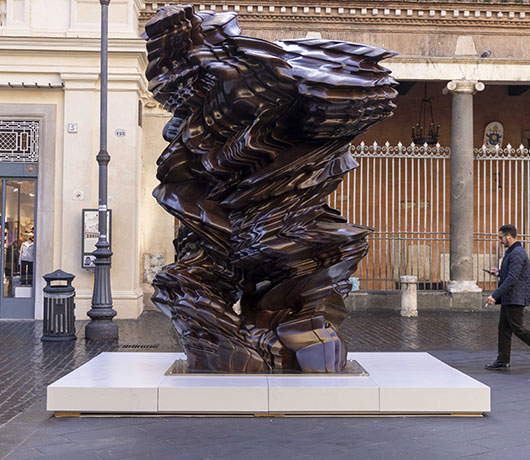
Piazza di San Silvestro
